
What is Timeboxing?
What is Timeboxing?
Are you looking to implement Scrum methodology in your organisation? Wondering what timeboxing is and how it can benefit your team? Look no further! In this article, you’ll learn all about timeboxing and its role in the Scrum methodology.
Timeboxing is the practice of allocating a fixed, maximum unit of time for an activity. By defining and limiting the time dedicated to each task, timeboxing helps teams stay focused and on track. In the Scrum framework, timeboxing is used for all Scrum events and as a tool for concretely defining open-ended or ambiguous tasks. Whether you’re new to Scrum or want to enhance your Scrum knowledge, this video will provide valuable insights and tips for implementing Scrum in your organisation. Remember, visit MCTC Ltd for more information on Change & Transformation consultancy and training.
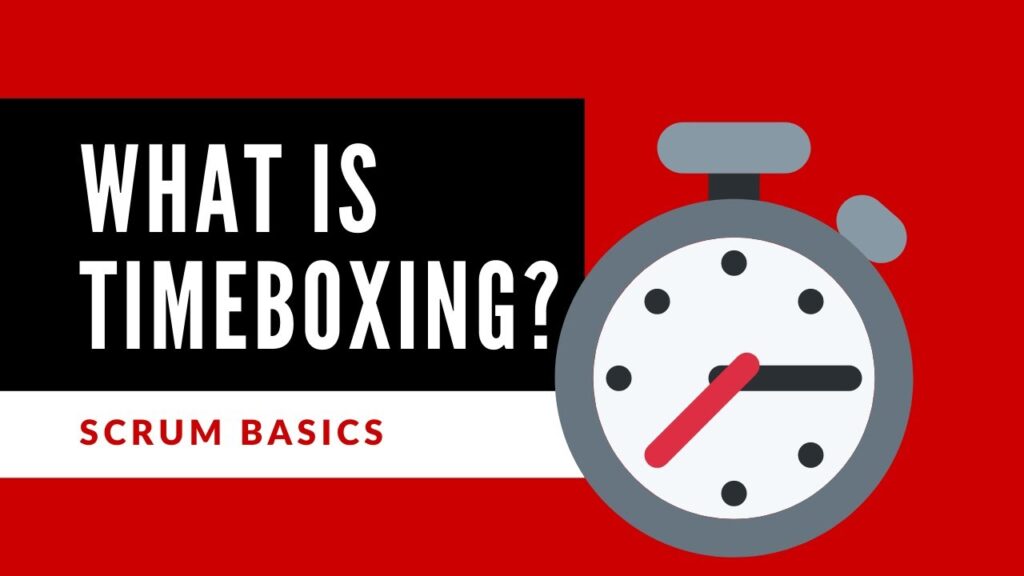
See the ScrumInc. video covering this topic here
What is Timeboxing?
Timeboxing is a technique used in project management, particularly in Scrum methodology, to allocate a fixed, maximum unit of time for an activity. This unit of time is called a time box. The purpose of timeboxing is to define and limit the amount of time dedicated to an activity, ensuring that it does not exceed the allocated time frame. Timeboxing is widely used in various industries and can be applied to tasks of all types and sizes.
Scrum Methodology
Scrum is an agile framework used in project management and product development. It provides a structured approach to managing complex projects by focusing on collaboration, adaptability, and iterative progress. Scrum is based on the principles of transparency, inspection, and adaptation, and it emphasises continuous improvement and delivering value to the customer.
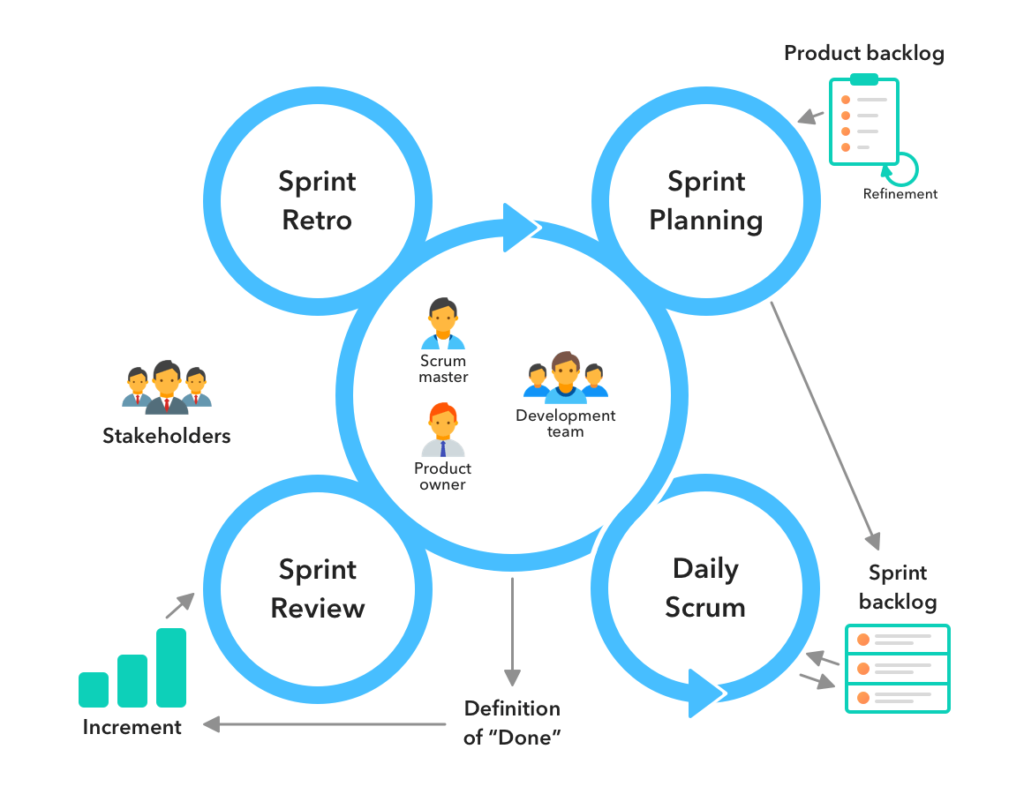
This image is property of startinfinity.s3.us-east-2.amazonaws.com.
Scrum Basics
In Scrum, work is organised into iterations called sprints. Each sprint typically lasts for a fixed duration, usually 2-4 weeks, during which the team works on a set of prioritised tasks. The team holds regular meetings, known as Scrum events, to plan, review progress, and make any necessary adjustments.
Timeboxing in Scrum
Timeboxing is a fundamental aspect of Scrum methodology. It ensures that each Scrum event, such as sprint planning, daily scrums, sprint reviews, and sprint retrospectives, has a defined time limit. By setting a time box for each event, the team is encouraged to stay focused, establish clear goals, and prioritise tasks within the given time frame.
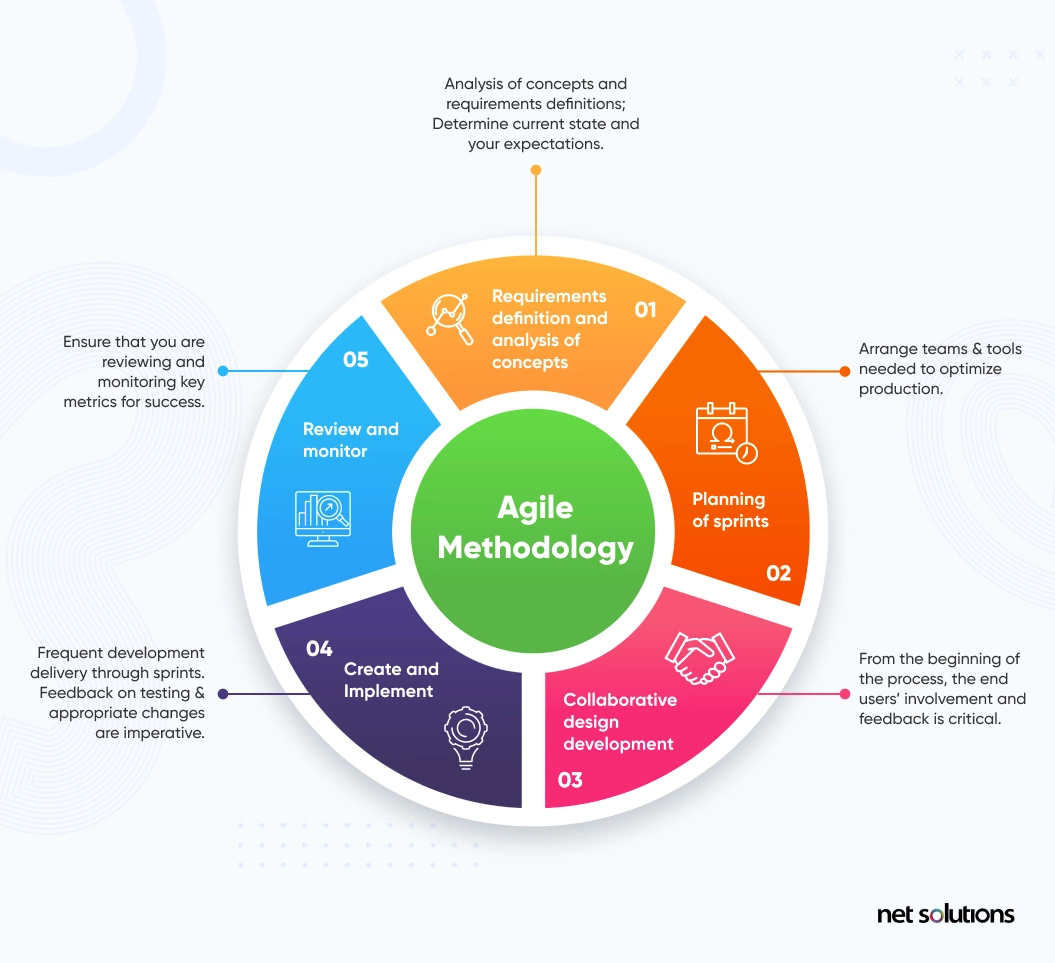
This image is property of www.netsolutions.com.
The Purpose of Timeboxing
The main purpose of timeboxing is to provide structure and discipline to the project management process. By allocating a fixed amount of time for an activity, timeboxing helps to:
- Ensure efficient use of time: Timeboxing prevents activities from exceeding their allotted time, promoting better time management and productivity.
- Foster collaboration and accountability: Timeboxing creates a sense of urgency, encouraging team members to work together and take ownership of their tasks within the specified time frame.
- Facilitate decision-making: When tasks are timeboxed, it becomes easier to make decisions and prioritise activities based on their importance and alignment with project goals.
- Manage uncertainty and complexity: Timeboxing allows for better management of open-ended or ambiguous tasks by providing a clear start and end point and encouraging iterative progress.
Defining and Limiting Time
One of the key aspects of timeboxing is defining the duration of the time box for each activity. This duration can vary depending on the nature of the task and the context of the project. For example, daily scrums, which are brief meetings to provide updates and discuss progress, are usually timeboxed to around 15 minutes, while sprint planning sessions may be allocated several hours.
By setting a maximum time limit for each activity, timeboxing creates a sense of urgency and focus. It helps to prevent activities from dragging on indefinitely and ensures that the team stays on track and moves forward.
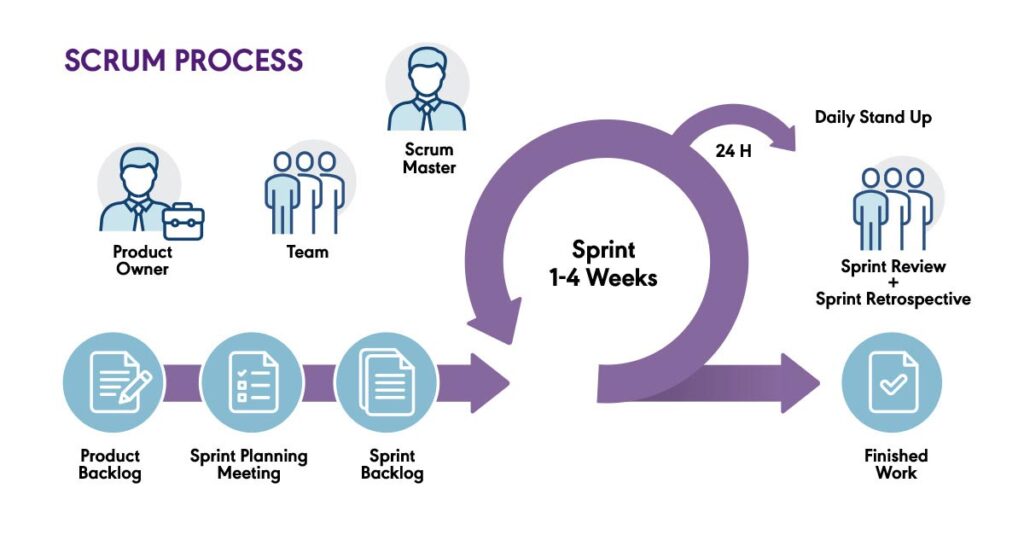
This image is property of www.pm-partners.com.au.
Open-ended or Ambiguous Tasks
Timeboxing is particularly useful when dealing with open-ended or ambiguous tasks. These tasks may involve unknown variables, multiple potential solutions, or uncertain scope. Timeboxing allows for the exploration of these tasks within a defined time frame, providing a structured approach to problem-solving and decision-making.
For example, if a team needs to conduct market research for a potential product, but the scope and depth of the research are unclear, a time box can be set for a specific duration, such as three hours. This time frame limits the overall time spent on the task while providing a focused scope and background information for the research.
Implementing Timeboxing in Scrum
To implement timeboxing effectively in Scrum, the following steps can be taken:
- Define time boxes for each Scrum event: Set a fixed duration for sprint planning, daily scrums, sprint reviews, and sprint retrospectives. These time boxes should be determined based on the specific needs and dynamics of the project.
- Communicate and enforce timebox limits: Ensure that all team members understand the importance of sticking to the allocated time frames for each activity. Encourage discipline and accountability to make the most of the available time.
- Provide clarity on goals and expectations: Clearly define the goals and outcomes expected from each timeboxed activity. This helps the team stay focused and on track during the allocated time.
- Adapt and refine timeboxing as needed: Regularly evaluate the effectiveness of timeboxing in the Scrum process and make adjustments if necessary. The duration of time boxes and the specific activities may need to be modified based on the team’s experience and feedback.
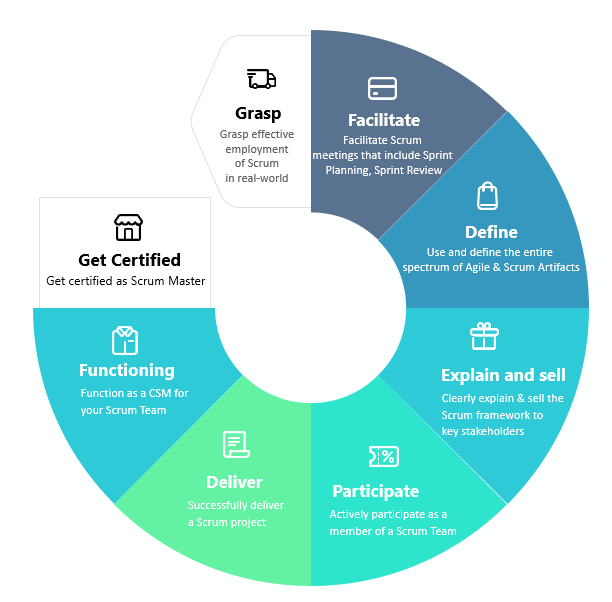
This image is property of leadershiptribe.co.uk.
Benefits of Timeboxing
Timeboxing offers numerous benefits in project management, especially in the context of Scrum methodology. Some of the key advantages of timeboxing include:
- Improved productivity: By setting specific time limits, timeboxing encourages teams to work efficiently and prioritise tasks, leading to increased productivity and faster progress.
- Enhanced focus and discipline: Timeboxing creates a sense of urgency and helps team members stay focused on the task at hand. It minimises distractions and promotes disciplined working habits.
- Better time management: Timeboxing prevents activities from taking up more time than necessary. It promotes effective time management and ensures that project milestones and deadlines are met.
- Increased transparency and accountability: With clearly defined time boxes, it becomes easier to track progress and identify potential bottlenecks. Team members are held accountable for the tasks allocated within the time frame.
- Improved decision-making and problem-solving: Timeboxing forces teams to make decisions and take action within a specified time period. This promotes faster problem-solving and decision-making processes.
- Reduced risk of scope creep: By defining and limiting the time dedicated to each activity, timeboxing helps to prevent scope creep and ensures that the project stays on track.
Conclusion
Timeboxing is a powerful technique in project management, particularly when implementing Scrum methodology. It provides structure, discipline, and focus to the project management process, enabling teams to work efficiently and effectively within defined time frames. By setting specific time limits for activities, timeboxing improves productivity, fosters collaboration and accountability, and facilitates decision-making. It is a valuable tool for managing uncertainty, controlling scope, and ensuring the timely completion of project milestones.
